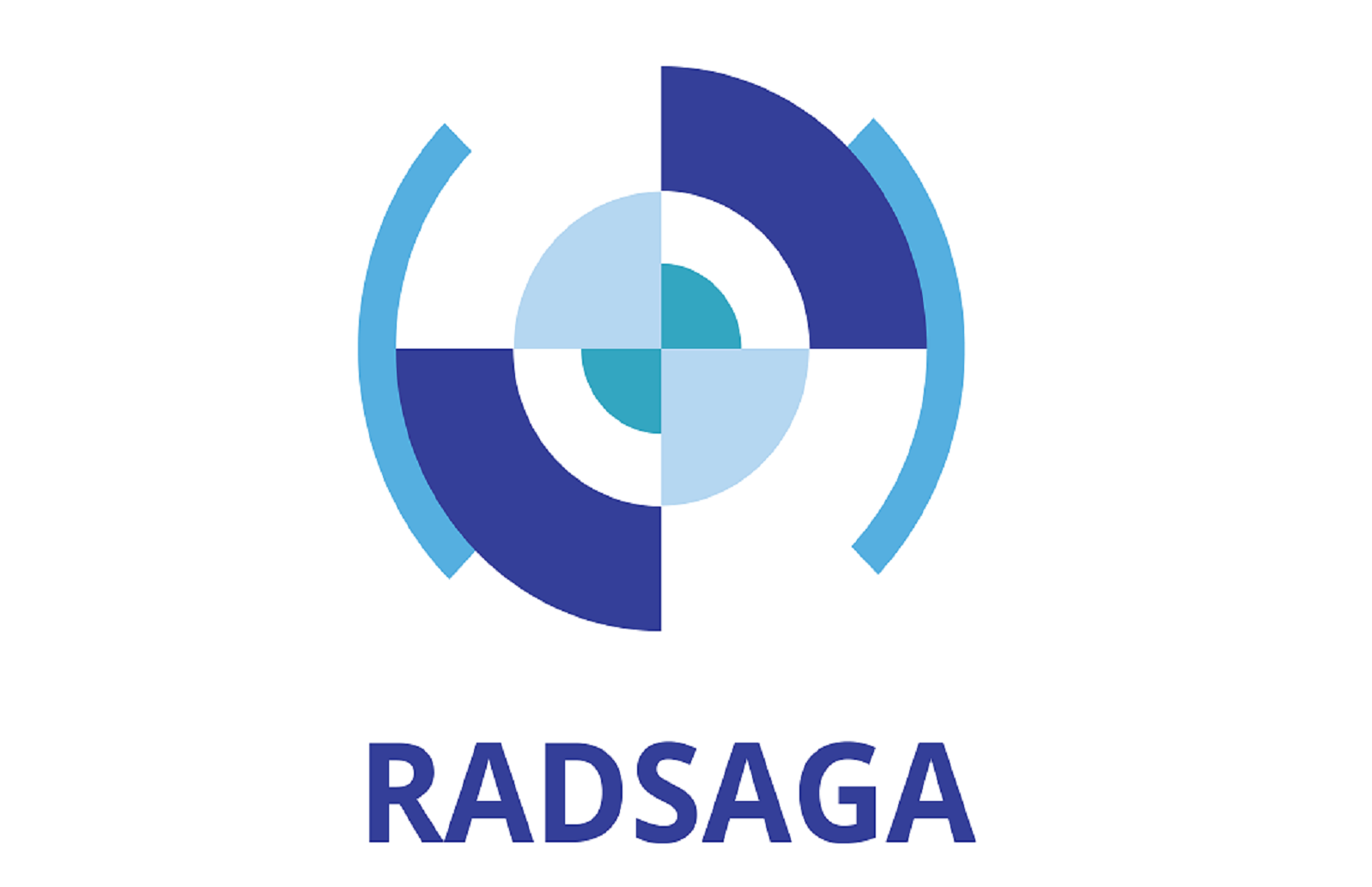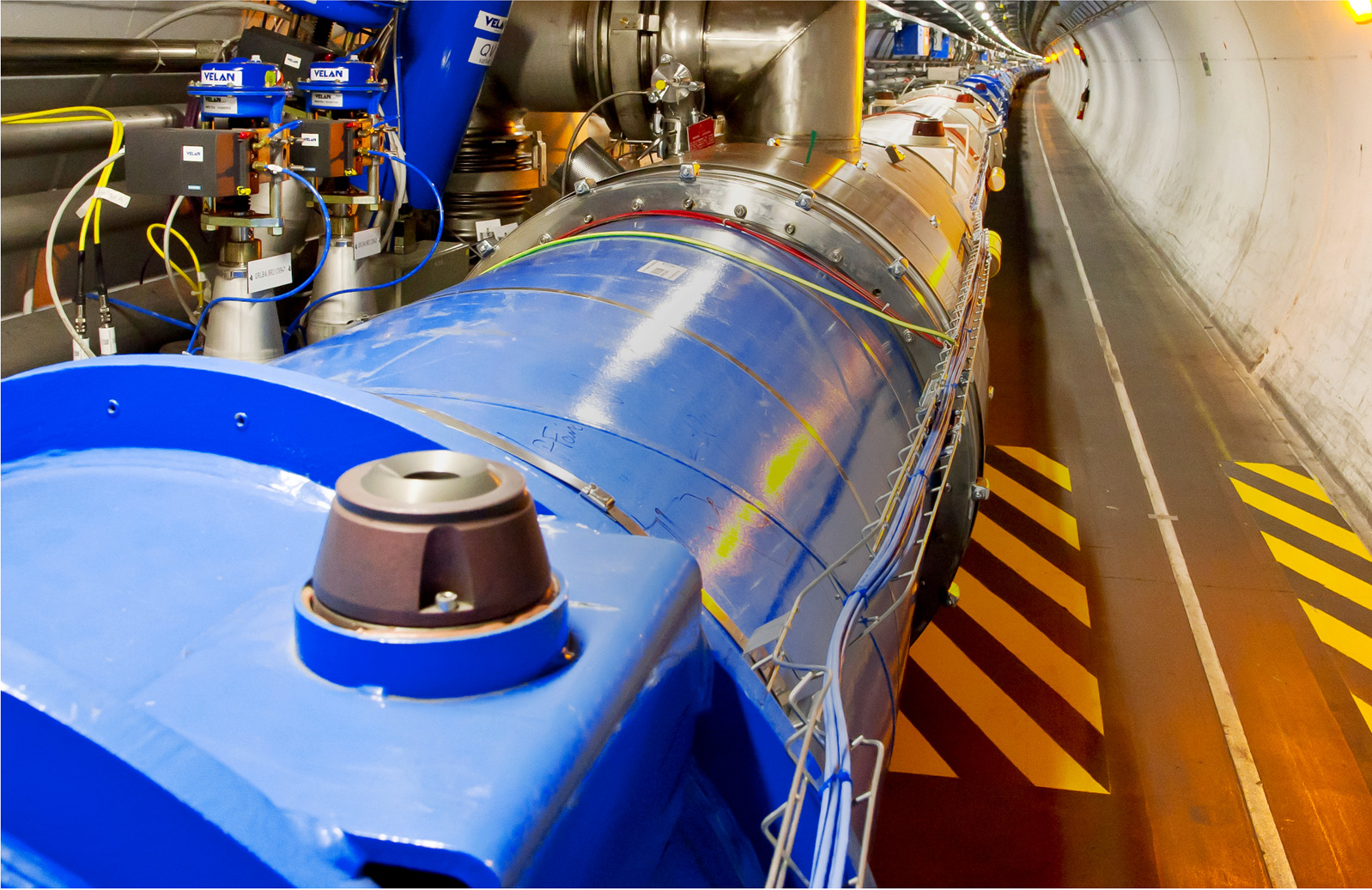D4.1 - Evaluation report of 14 MeV neutron testing methodology
This document deals with the growing interest in radiation testing of state-of-the-art electronics to be used in avionics, ground and accelerator applications. That is, its function is to provide guidance about the suitability of using certain irradiation instruments, such as 14 MeV mono-energetic neutron sources, for Single Event Effect (SEE) characterization of electronic equipment.




